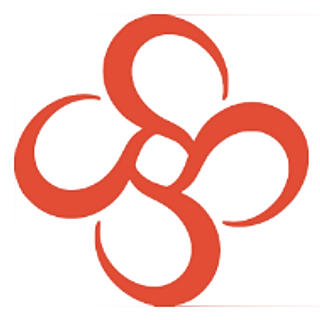Jewellery Pop Quiz
- Alyssum Jewellery
- May 29, 2019
- 2 min read
Ready for some more jewellery trivia? Here are five pop quiz questions and answers about jewellery and gemstones!
Q ~ What is the largest gem quality diamond ever found?
A ~ The Cullinan Diamond.

The Cullinan Diamond was mined in Cullinan, South Africa (now Pretoria), on January 26, 1905. It weighed 3,106.75 carats (621.35g). It was eventually purchased for the sum of £150,000 by the Transvaal Colony government, who gifted it to King Edward VII of the United Kingdom. He had it cut into several gemstones, the largest of which is the Great Star of Africa (or Cullinan 1), weighing in at 530.4 carats. The two largest gemstones cut from the Cullinan Diamond are mounted in the UK crown jewels, and several smaller ones are in the private collection of Queen Elizabeth II.
Q ~ How many wild oysters contain pearls?
A ~ About one in every 10,000 oysters.

There's a very good reason why pearls used to be only for the very rich. Pearls are formed when an irritant enters the shell of the mollusc, causing the mollusc to continuously secrete a nacre over the irritant. You could open between 10,000 and 12,000 wild caught oysters before finding a single pearl. Nowadays pearls are 'farmed'. Under controlled conditions an irritant is deliberately inserted into the mollusc's shell, which has contributed significantly to affordability of this beautiful organic gemstone.
Q ~ What does the term Parure refer to in jewellery?
A ~ A matching set of three or more jewellery pieces.

Parure image credit: Sailko [CC BY 3.0 (https://creativecommons.org/licenses/by/3.0)]
From the mid to late 17th century it became the fashion to match one's jewellery pieces, giving rise to the Parure. A parure typically consisted of three or more of the matching items of the following: earrings, necklace, ring, bracelets, tiara, and brooch. The very wealthy and royalty would extend their parure to include matching shoe buckles and coat buttons too. A parure would always be set with precious gemstones.
Q ~ What was the original purpose of a signet ring?
A ~ To stamp a seal into one's documents as proof of identity.

Before the advent of reliable postal services, letters and documents could easily go astray or be intercepted and read. If sending something important to a person of authority, a 'seal' would identify the sender. To create the seal, hot wax would poured onto the flap of the document, then a coat of arms or insignia pressed into it before it cooled. The easiest way to always have one's insignia on hand, was to literally have it 'on hand' - hence the signet ring which featured the insignia on a disc.
Q ~ What is a posey ring?
A ~ A ring engraved with a secret message inside the band.

Image credit: The Portable Antiquities Scheme/ The Trustees of the British Museum [CC BY-SA 2.0 (https://creativecommons.org/licenses/by-sa/2.0)]
Also spelled posy, poesy and posie, a posey ring was given as a gift of love or token of admiration between the 15th and 17th centuries in Europe. A secret message or poem was inscribed on the inside, to be known only by the giver and the wearer.








































Great post! It’s always inspiring to see care and attention given to important occasions like Mother’s Day. Speaking of care, vehicle owners in Dallas can show their cars some love too! At Kwik Kar Auto Dallas, our professional and expert auto repair shop provides authentic and affordable car repair services including oil change service, transmission fluid changes, brake fluid exchange, and car DOT inspection. Our specialists also handle engine tune up service, vehicle differential services, and even Audi auto body repair—ensuring your vehicle runs safely and efficiently every day.
I was skeptical at first, but the nursing essay writing service at NursingPaper blew me away. Their deep understanding of nursing theory and practical care was reflected in every paragraph.
Discover a wide range of essential apps on APKOFC, including TELEGRAM, CAPCUT, and INSTAGRAM. This platform streamlines your download process, offering efficient installations for all the popular tools you use daily. apk download
A Jewellery Pop Quiz is a fun and interactive way to test your knowledge of gems, metals, and design trends. It can engage readers while educating them about different styles, historical significance, and modern craftsmanship. Adding quizzes to blogs also increases user participation and retention. For businesses selling jewelry online, integrating payment terminal services ensures a seamless and secure transaction process, enhancing customer trust.